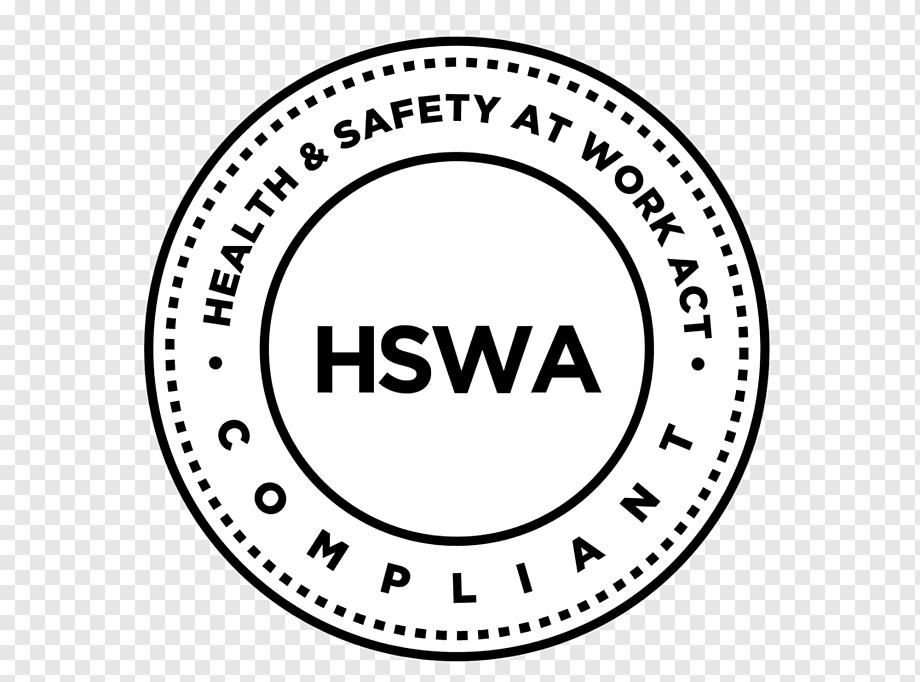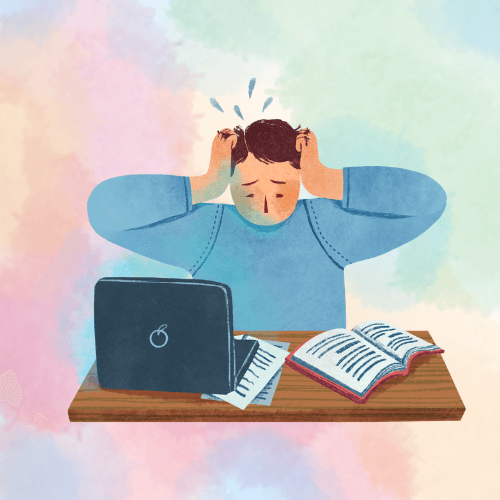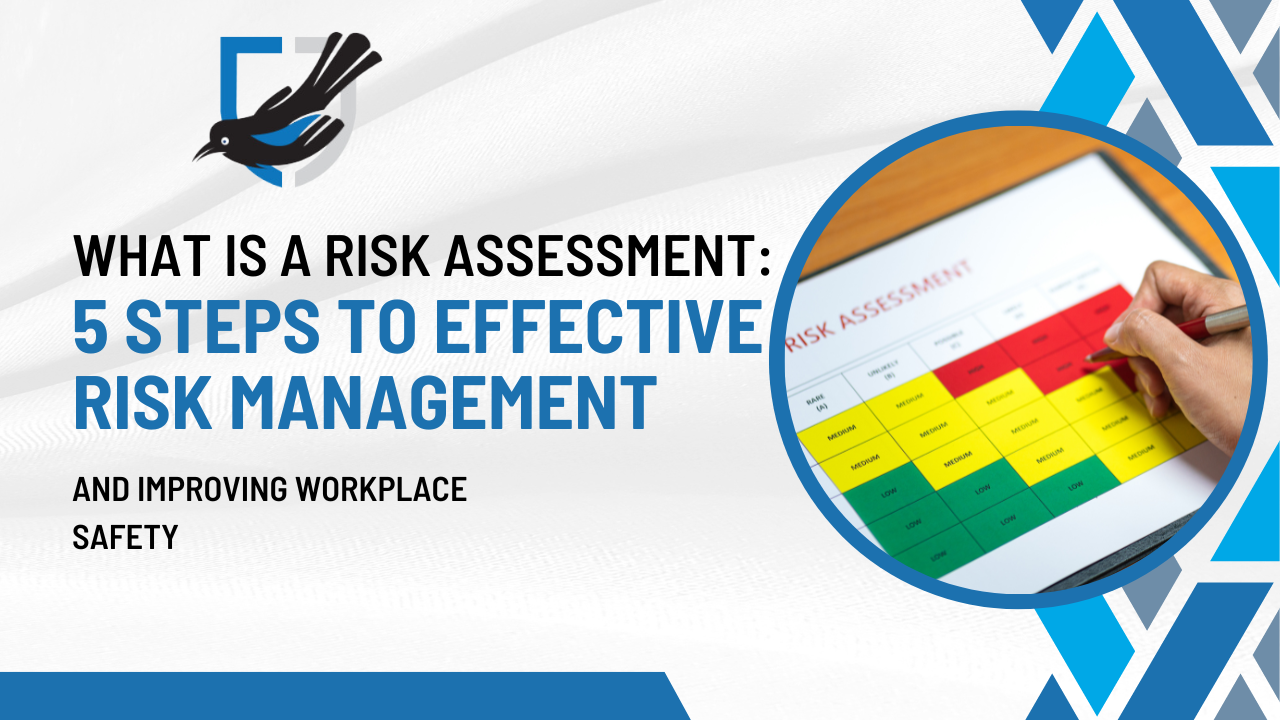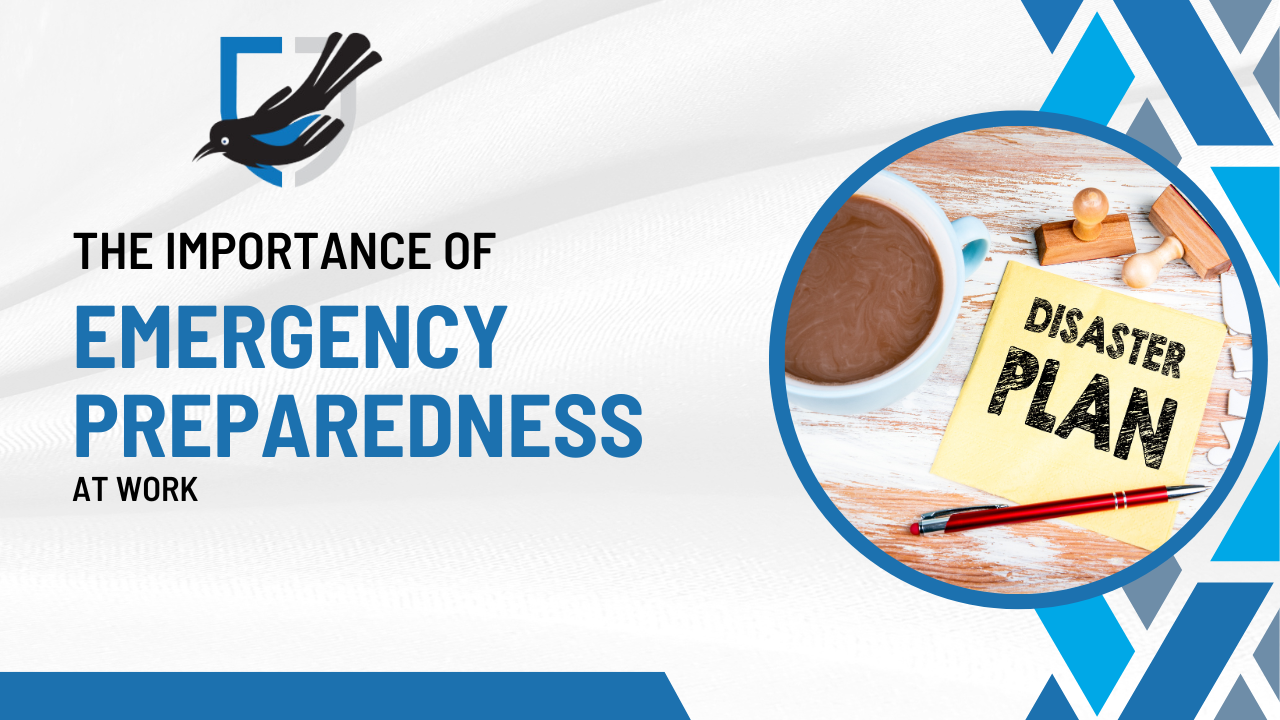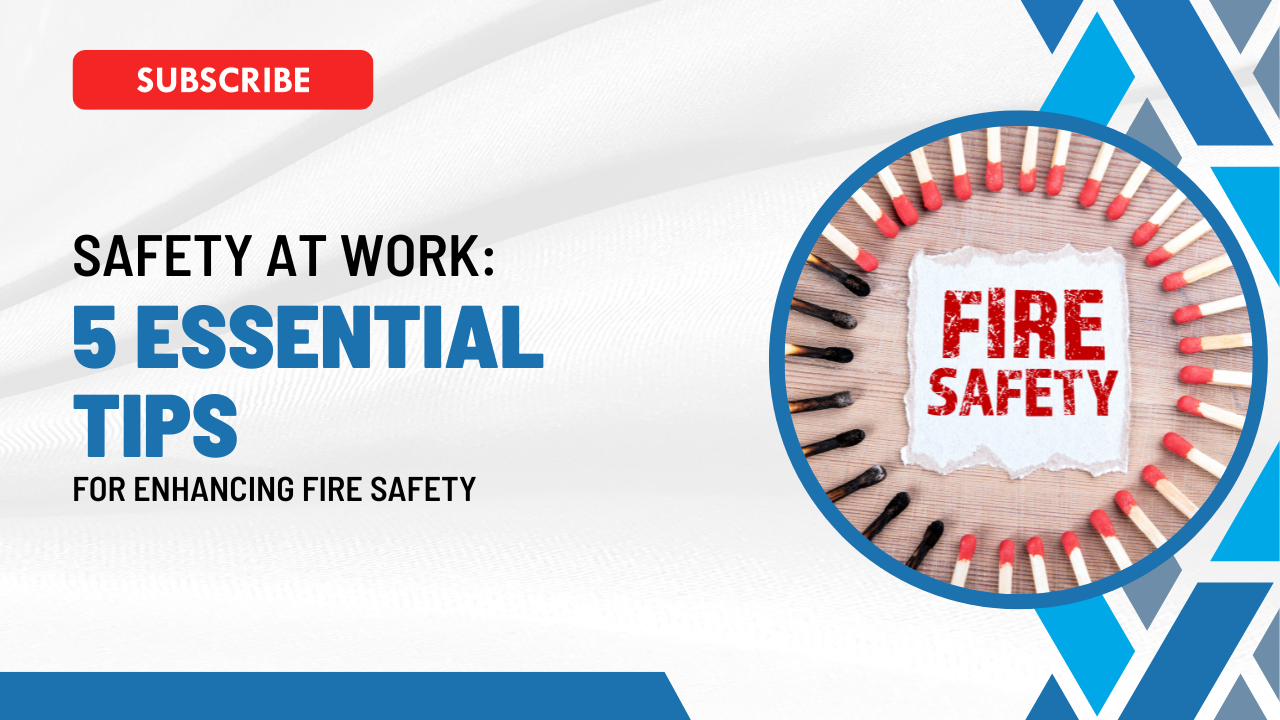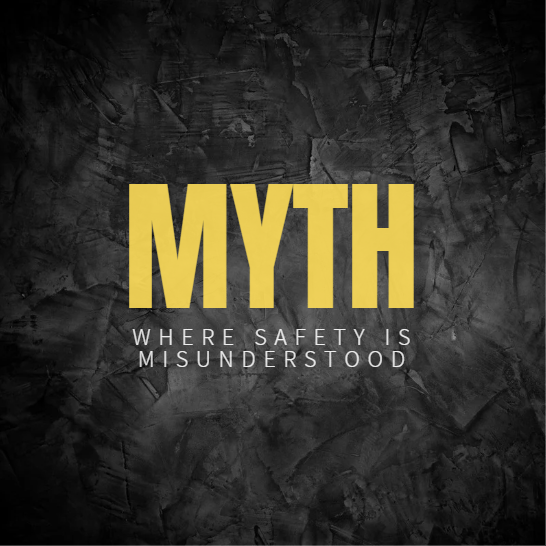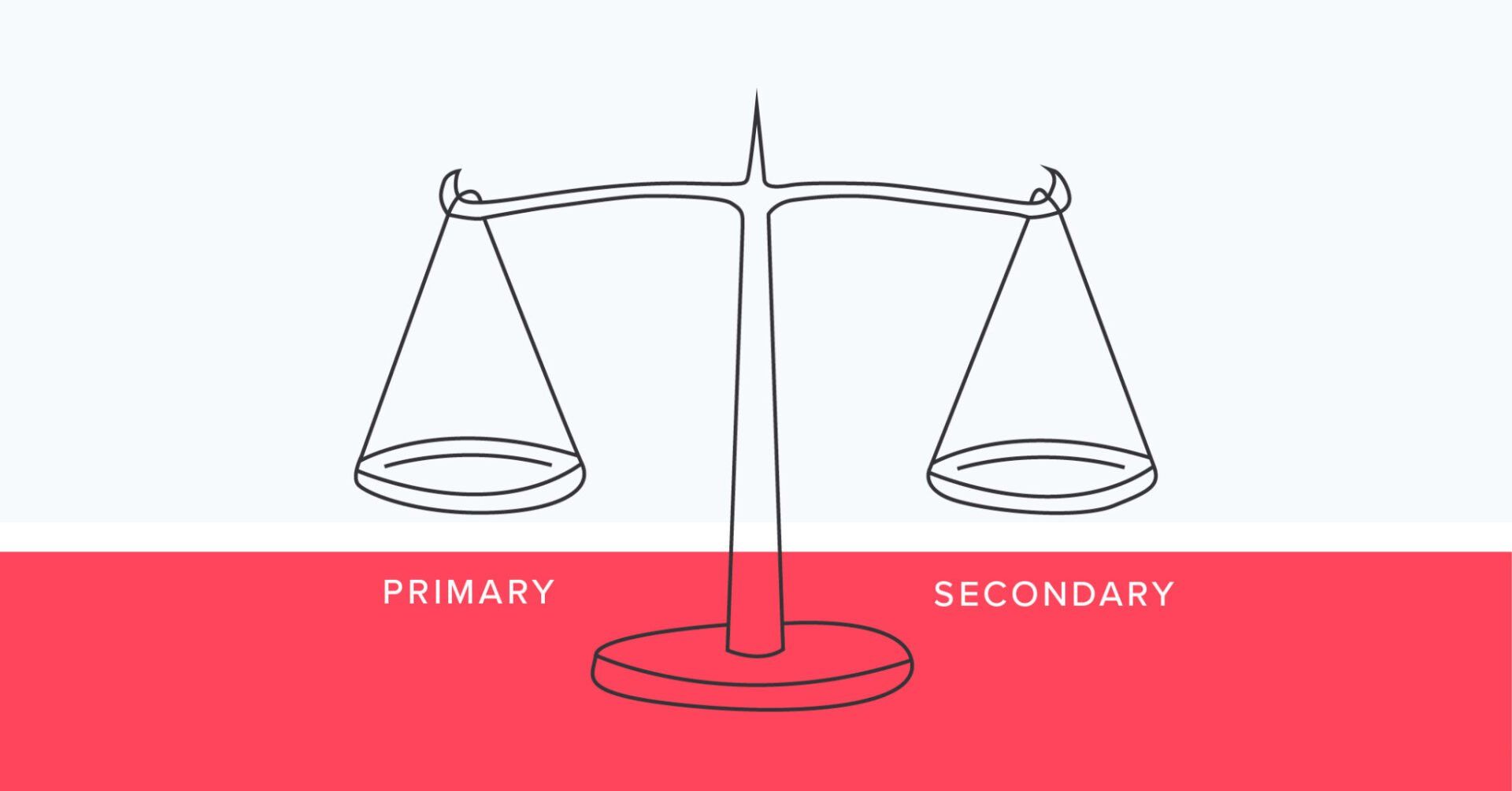The Risks and Regulations of Hazardous Substances
Hazardous substances are dangerous, and knowing how to deal with them is vital to keeping safe
Hazardous substances are any substance than can become a risk and/or cause harm to the person. Substances that come into this category include chemicals, products containing chemicals, fumes, dusts, vapours, mists, nanotechnology, gases and asphyxiating gases and biological agents, etc. Realising what substances can cause harm and how to avoid them is key in keeping safety within the occupation. Three key questions that may need to be considered when planning how you deal with hazardous substances are what you are doing that involves a hazardous substance, how the substance can cause harm and how you can prevent the substance from causing harm. Firstly, it needs to be understood how someone can be exposed to a hazardous substance. This can be done through various ways such as by breathing fume, dust, gas or mist, by skin contact. by injection into the skin. by swallowing. As made apparent it is very easy for someone to be exposed to a substance that could cause a health risk. In reducing the risks most exposure can be eliminated from the source or through substitution such as finding a safer process or milder solution.
For times where it is difficult to eliminate or substitute the usage/exposure of hazardous substances, there is a limit amongst how much exposure is allowed within the workplace otherwise known as the Workplace Exposure Limit. The WEL is provided by COSHH (Control of Substances Hazardous to Health Regulations 2002). Worksheets are distributed to help occupations measure and control what workers are exposed to during a specific task so that the risk of major health issues due to exposure is reduced to as low a level as possible. Within the WEL guide, it details long-term and short-term exposure limits with every substance that proposes health risks from exposure. The limits are often revised and may be subject to change over time if evidence suggests that exposure limits can change. Exposure is measured in two ways parts per million (PPM) and milligram per cubic meter (MG/M3). Not every substance is covered by every metric. Using substances over the recommended limits could result in health issues amongst workers and could lead to legal trouble or other consequences if limits are exceeded. No work place wants to be known as being unsafe and keeping exposure to a low can help maintain a safe working environment.
Now the limit of the exposure is known for the task at hand, next is to know what to do during times of exposure. Like with the substances, depending on the task and field of occupation being considered, the requirements vary for what needs to be done whilst during times of exposure. Of course, different occupations are going to be more likely to be exposed to differing substances than others. Take engineering as an example, engineers will be exposed to various dusts, gases, fumes and so on that could present a health risk to them. The controls in place during times of exposure for engineers include dust, fume or vapour extraction; respirators; Fluid maintenance; skin checks. Maintaining these controls to the highest of quality will ensure exposure can be kept to a low and can’t cause any real damage or health issues to workers. The more protection the better. In most cases people don’t know the damage being caused by hazardous substance exposure so it’s critical for controls to be in place and for occupations to realise if the substances they are using can be deemed as being hazardous.
It’s important to acknowledge that substances such as lead, asbestos or radioactive substances also harmful have further requirements when dealt with than the previous substances mentioned. The reason for the further requirements is due to the greater risk they cause of exposure and severity of health risks that they have been evident to have made. Most occupations may use substances that could seem low risk. If this is the case, it's still vital to check every substance used to make sure they don't have any further requirements or have a limit of usage. This should all be done during the plan stage when managing safety.

